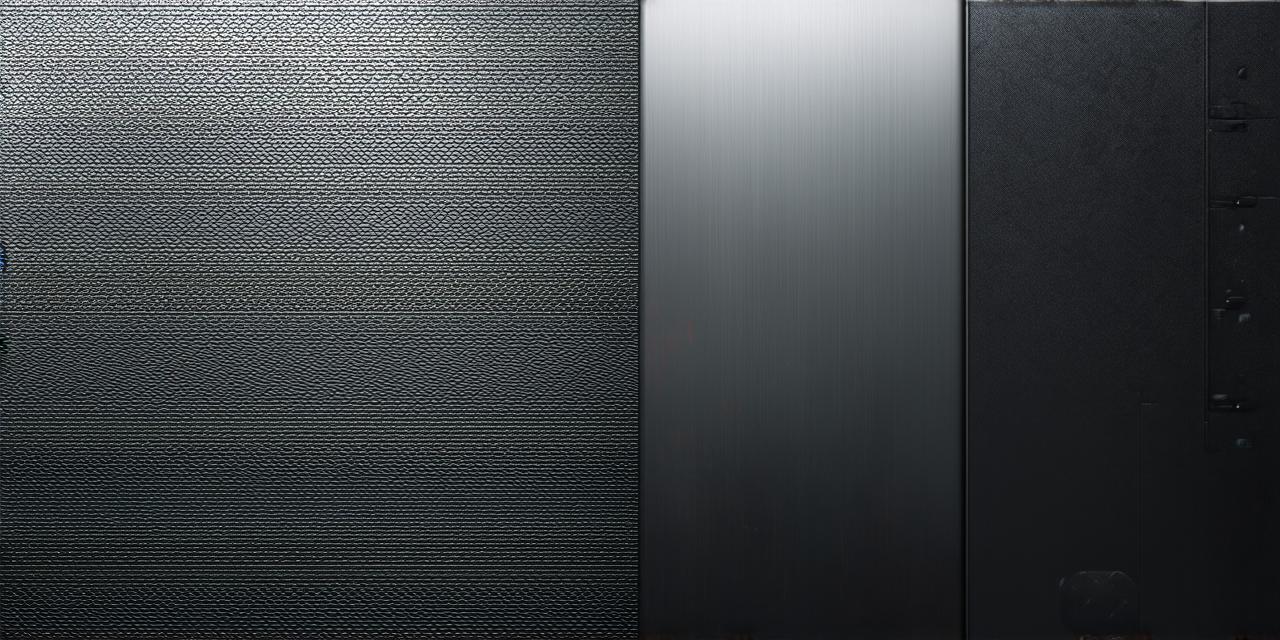Introduction:
Buttons play a crucial role in user interface design. They allow users to interact with an application or website, providing them with a way to navigate, access information, and perform actions. However, traditional 2D buttons can sometimes feel flat and uninteresting. That’s where 3D buttons come into play.
What are 3D Butons?
3D buttons are a type of button design that adds depth and dimension to the button surface, giving it a more realistic and engaging look. This is achieved through the use of various shading, textures, and effects that simulate a three-dimensional object.
Advantages of 3D Butons:
- Improved Visual Appeal: 3D buttons are visually appealing due to their realistic appearance. They can add dimension and depth to a website or application, making it more engaging and interactive.
- Enhanced User Experience: With the use of 3D buttons, users can interact with a button in a more intuitive and natural way. The 3D effect makes the button appear more tangible, leading to a better user experience.
- Increased Click-Through Rates: Studies have shown that 3D buttons can increase click-through rates compared to traditional 2D buttons. This is likely due to their more visually appealing and engaging nature.
- Differentiate Your Brand: 3D buttons can help differentiate your brand from competitors by providing a unique and memorable visual element.
Types of 3D Button Designs:
- Flat Buttons: These are the most common type of 3D button design, where the surface appears flat but has a three-dimensional effect. They are often used for navigation menus or as call-to-action buttons.
- Bump Buttons: These buttons have a raised surface that simulates a bump, providing a tactile sensation to users. They are often used for important actions or as a secondary call-to-action button.
- Sunken Buttons: These buttons appear to be sunken into the surface, giving them a more realistic and three-dimensional appearance. They are often used for less important or secondary actions.
- Pop-Up Buttons: These buttons have a hidden element that appears when clicked, providing additional information or options to the user.
Conclusion:
3D buttons are an excellent way to enhance the visual appeal and engagement of a website or application. They can improve the user experience by providing a more intuitive and natural interaction with buttons, increase click-through rates, and differentiate your brand from competitors. With the right design and implementation, 3D buttons can be a powerful tool in any user interface design.
